A litter box, sometimes called a sandbox, litter tray, litter pan, or catbox, is an indoor feces and urine disposal box for cats (as well as rabbits, ferrets, small dogs such as Beagles and Chihuahuas, and other pets that instinctively or through training will make use of such a repository) that are permitted free roam of a home but who cannot or do not always go outside to relieve themselves. Many owners of these animals prefer not to let them roam outside for fear that they might succumb to outdoor dangers, such as the elements, wildlife or cars (it has been claimed indoor cats live, on average, ten years longer than outdoor cats). A litter box makes it possible to shelter pets from these risks. In the wild, cats naturally excrete in soft or sandy soil for easy burial. They use their paws in a backward sweeping motion to cover their feces. To stimulate this instinctive desire, a litter box’s bottom is filled typically with an inch (2.5 cm) or more of cat litter. Litter box filler is a loose, granular material that absorbs moisture and odors such as ammonia. Some litter brands contain baking soda to absorb such odors. The litter material also satisfies a cat’s instinctive desire to use an easily dug material. The most common material is clay, although recycled paper “pellets” and silica-based “crystal” variants are also used. Sometimes, when an owner wishes to stimulate the cat’s natural instincts, natural dirt is used. The environmental impact of using commercial cat litter has become a matter of concern.
litter boxes
By Jamey Ekins Jamey Ekins
Jamey Ekins
Hey there, I'm Jamey, and I've been an animal lover for as long as I can remember. Growing up on a 50-acre farm in Ontario, Canada, I was surrounded by a menagerie of furry friends, from beloved cats and dogs to goats, horses, cows, and even chickens. Now, I call Victoria, British Columbia my home, and my heart belongs to my adorable Balinese cat, Milo. When I'm not editing blog posts here at TechnoMEOW, I enjoy helping solo entrepreneurs with their passion projects and online marketing. Over the years, I've also ventured into creating and selling various blogs. Beyond the digital world, I'm an avid crochet and knitting enthusiast and share my crafty creations on my blog, doublecrochet.com.
Updated On 16.11.2023
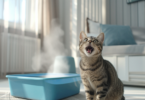
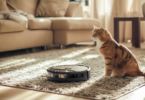
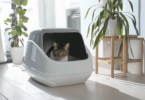
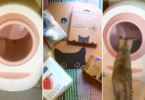
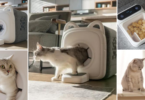
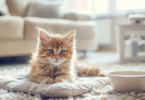
Leave a Comment